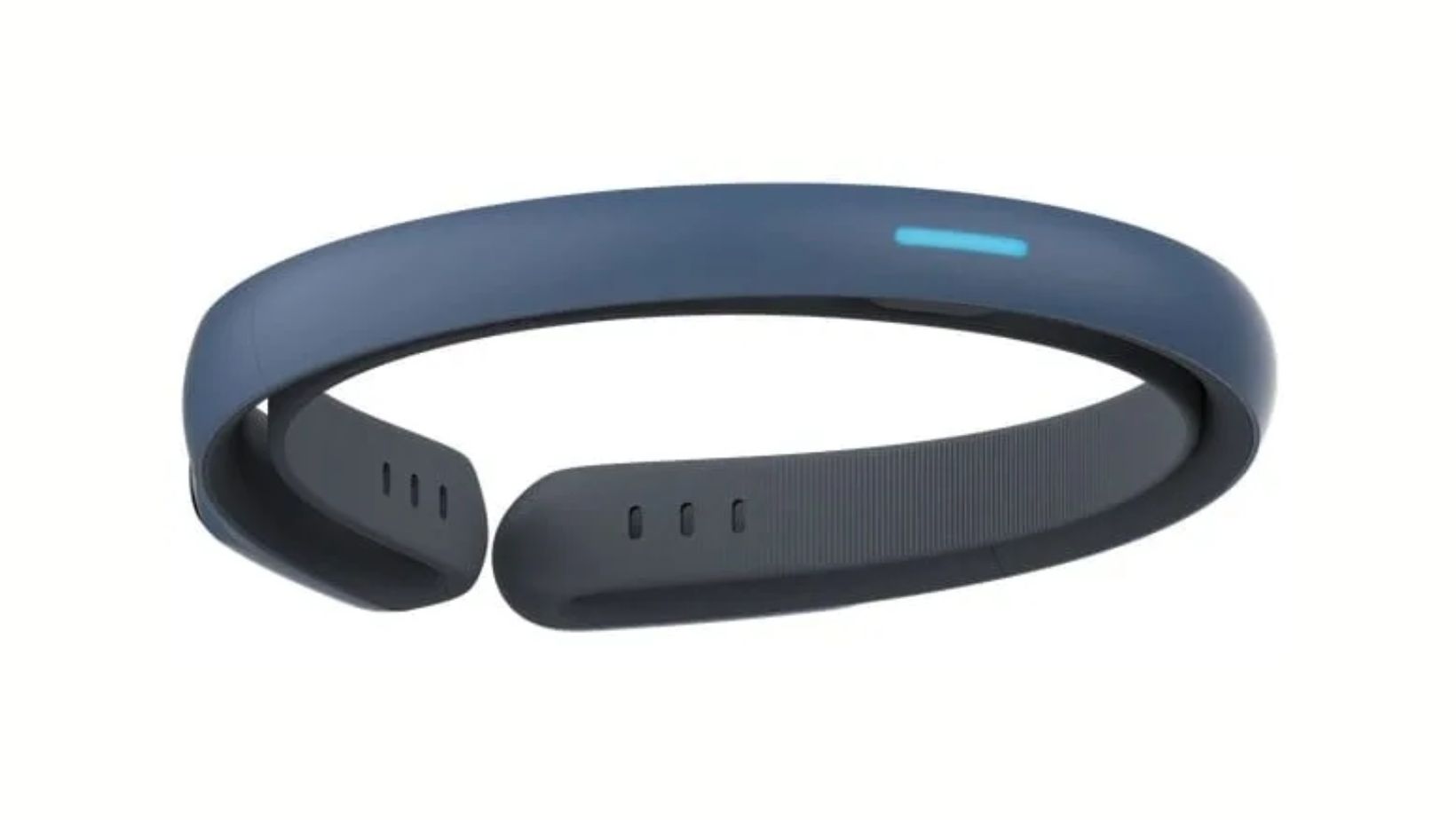In a world where mental clarity and focus are the new currency, the quest for cognitive enhancement is at the top of many’s minds. That said, Neurofeedback devices, once only found in clinics, are now an at-home solution for those who want to tune up their mental performance.
These tools allow you to train your brain like you’d train a muscle, using scientifically proven techniques to get into the optimal state of mind.
Technology has advanced so fast that we now have affordable, practical, user-friendly devices. What was once too expensive is now available at a fraction of the cost, and professional-grade neurofeedback training is now available to the average person.
Now that neurofeedback is available to everyone, it’s more important than ever to figure out which ones are worth it.
Here are five neurofeedback devices for home use. Each is designed for different purposes, such as enhancing flow state, focusing, or reducing stress.
1. Sens.ai
Sens.ai is a sophisticated neurofeedback device for home use, combining the most advanced technology and practical functionality. It doesn’t just measure the brain’s activity but offers a full suite of tools to optimize mental performance, from heart rate variability training to neuroadaptive programs, all under one hood.

Sens.ai offers a brain mapping feature that provides an individual snapshot of your cognitive abilities and crafts a personalized training regimen. The device also tracks your progress in real time, proving that your newfound clarity is not just wishful thinking.
At $1,425, the Sens.ai may elicit a moment of sticker shock, but consider this: it manages to cram in five functions: heart coherence training, neurostimulation, cognitive tracking, and meditation in one device. It won’t replace your morning coffee, but it’s close. If you want precision and a device that doesn’t cut corners, the Sens.ai is a worthy investment.
Moving on, if you want more information on this device, check out the detailed review shared by Nick on the top neurofeedback device for home use.
2. BrainTap
Developed by Dr. Patrick Porter, this device combines binaural beats, isochronic tones, guided visualizations, and pulsing lights into the sessions.
It’s simple to use. You choose a goal – whether it’s focus or relaxation – and BrainTap does the rest. Sessions are 10-20 minutes long because we know you can barely breathe between meetings. With over 7 million user sessions logged, it’s clear it’s working for people looking for quick solutions.

But there’s a catch. The device costs $547, and you need to subscribe to access the entire library of brainwave programs. Prices range from $9.99 to $29.99 monthly, depending on your commitment.
While the upfront and ongoing costs add up, the convenience and range of tools make it worth it for those willing to invest in their brain.
3. Muse S
Muse bridges the gap between advanced neurofeedback and everyday use, so it’s perfect for those dipping their toes into brain training. InteraXon, the company behind Muse, has made a headband that doesn’t just measure brainwaves; it trains your mind through meditation and sleep optimization.
The Muse S (Gen 2) has a bunch of sensors: EEGs to measure brainwaves and PPGs to track heart rate variability. It also has accelerometers and gyroscopes to measure body movement and breath rate to get a complete picture of your mental and physical state.
For insomniacs or restless sleepers, the “digital sleeping pill” function is a game changer. It will gently lull your mind to sleep.
The hardware itself is $399.99, but there’s a catch. To get the whole neurofeedback experience, you’ll need to pay $9.99-$12.99 a month. You can also use a one-time fee app like Mind Monitor. It’s still worth it if you want to get into neurofeedback.
4. FocusCalm
FocusCalm makes neurofeedback training as easy as using a fitness tracker. The device uses EEG sensors to measure brainwave activity and guides users into a calm, focused state through meditation and training exercises. It’s popular with athletes and corporate wellness programs looking to perform under pressure.

One of the significant advantages is the price. At $199.99, it is one of the cheapest on the market. But to get the full benefit, you’ll need a subscription, ranging from $9.99 per month to $149 for life. Even with the extra cost, it’s still one of the cheapest ways to try at-home neurofeedback.
The drawbacks are limited scientific research and a smaller user base than other devices. But if you want to try neurofeedback therapy without breaking the bank, FocusCalm does the job.
5. Mendi
Designed in Sweden, the device deploys functional near-infrared spectroscopy instead of the more common EEG technology. This method maps blood flow in the brain and allows users to track cognitive performance without interference from other devices.
Mendi’s design is all about ease of use. The headset connects to a phone app where you can play neurofeedback games to boost focus and reduce stress. Sessions feel like casual brain exercises, not training, so they’re perfect for beginners or those who don’t like a clinical approach.
Priced at $299 and without any subscription fees, Mendi strikes a perfect balance between affordability and functionality. While lacking some of the flashy features of competitors, its overall simplicity and effectiveness make it an excellent option for anyone looking to improve their mental performance without breaking the bank.
Bottom Line
Buying a neurofeedback device for personal use is less about following trends and more about taking back control of your mental landscape. Each of the five devices discussed here has unique advantages, serving different needs and budgets.
From the clinically precise Sens.ai to the user-friendly Mendi, there’s something for everyone looking to sharpen their focus and reduce stress.
As you weigh your choices, remember that neurofeedback is not a straightforward fix but a practice. The results come not from owning the device but from using it regularly and with intention.
